Home>Garden Essentials>In What Year Was The Construction Of The New Play Area At Tapiola Park In Astoria, Oregon Completed?
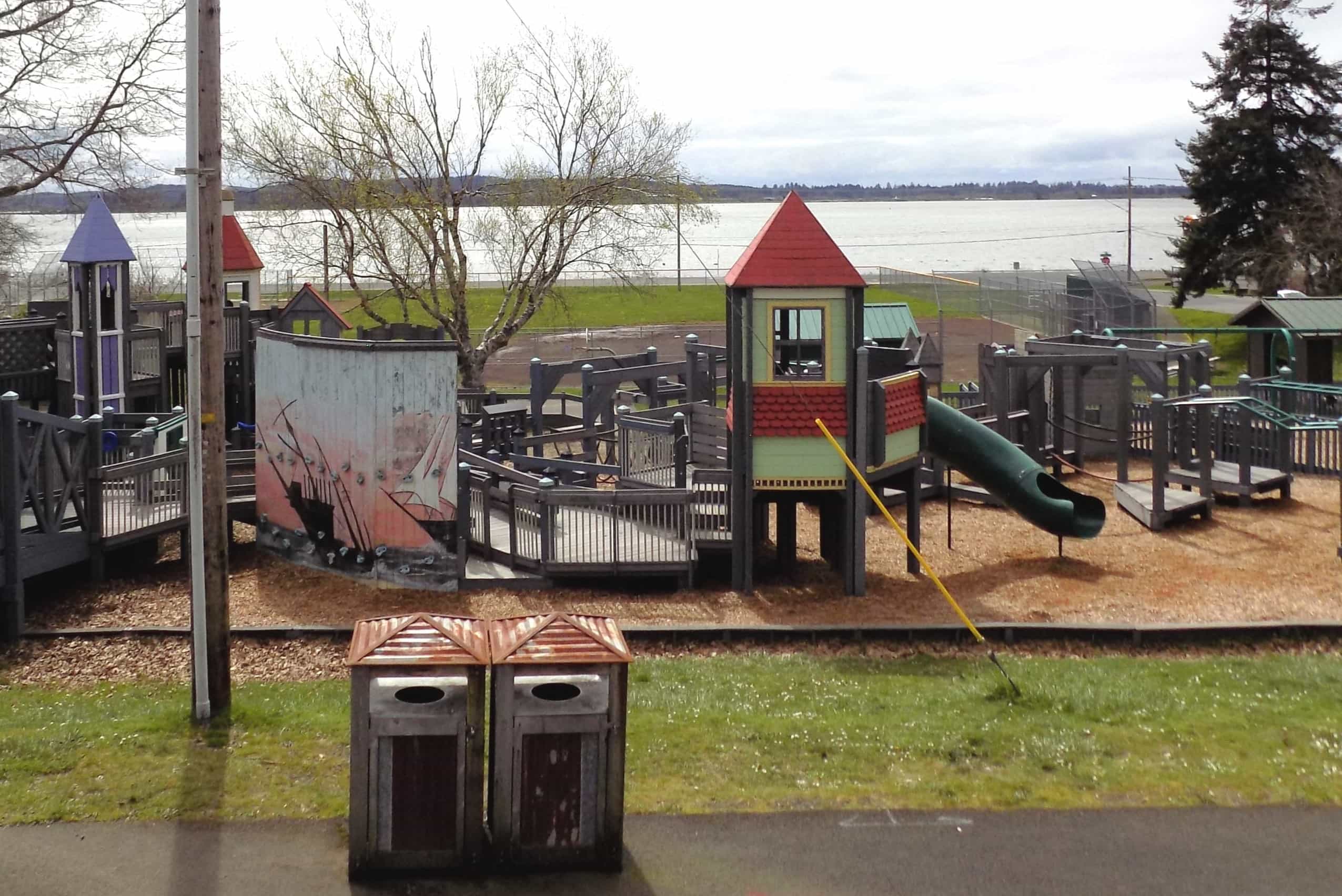

Garden Essentials
In What Year Was The Construction Of The New Play Area At Tapiola Park In Astoria, Oregon Completed?
Modified: March 7, 2024
Discover the completion year of the new play area construction at Tapiola Park in Astoria, Oregon. Explore the enchanting garden and its breathtaking features.
(Many of the links in this article redirect to a specific reviewed product. Your purchase of these products through affiliate links helps to generate commission for Storables.com, at no extra cost. Learn more)
Introduction
Welcome to Tapiola Park in Astoria, Oregon! This beloved public park has been a cherished destination for locals and visitors alike for many years. With its picturesque scenery, well-maintained grounds, and a variety of recreational activities, Tapiola Park has become a true gem in the heart of Astoria.
One of the great additions to Tapiola Park is the construction of the new play area. This project aimed to provide a modern and engaging space for children to play and explore, allowing them to unleash their imagination and develop their physical skills in a safe and exciting environment.
In this article, we will dive into the history of Tapiola Park, explore the planning and design process of the new play area, discuss the challenges faced during construction, and highlight the completion and the positive impact this new play area has had on the community.
So, let’s get ready to embark on a journey to discover the story behind the construction of the new play area at Tapiola Park in Astoria, Oregon!
Key Takeaways:
- The new play area at Tapiola Park in Astoria, Oregon was completed to provide a fun and safe space for kids to play, fostering creativity, inclusivity, and community bonding.
- The new play area at Tapiola Park has had a positive impact on the community, promoting physical activity, social interaction, and educational opportunities while bringing joy and laughter to all who visit.
Read more: What Is The Final Completion In Construction
History of Tapiola Park in Astoria, Oregon
Tapiola Park holds a special place in the hearts of Astoria residents. Named after Tapio, the Finnish god of forests, this park has a rich history that dates back to the early 20th century. It was established in 1926 and has since become an integral part of the community.
Originally, Tapiola Park consisted of open fields and a dense forested area. Over the years, various amenities were added, including walking paths, picnic areas, and sports facilities, which transformed the park into a popular recreational spot.
Throughout its history, Tapiola Park has played host to numerous community events, such as concerts, festivals, and sports competitions. Families would gather for picnics, children would frolic on the playgrounds, and outdoor enthusiasts would explore the nature trails.
As the years went by, it became apparent that Tapiola Park needed an upgrade to better meet the needs of its growing community. The outdated playground equipment had seen better days, and there was a need for a more inclusive and modern play area that would provide a safe and enjoyable experience for children of all ages.
With funding secured and community support behind the project, the decision was made to embark on the construction of a new play area, marking an exciting chapter in the history of Tapiola Park.
Planning and Design of the New Play Area
The planning and design phase of the new play area at Tapiola Park in Astoria, Oregon was a collaborative effort involving landscape architects, community members, and city officials. The aim was to create a space that would not only be visually appealing but also cater to the diverse needs and interests of children.
A series of public consultations and workshops were held to gather input from the community regarding their vision for the play area. The feedback received played a crucial role in shaping the design concept, ensuring that it would reflect the desires and aspirations of the community.
The design team took into consideration various factors, such as the park’s natural environment, safety regulations, and accessibility requirements. They aimed to strike a balance between providing engaging play elements and maintaining the park’s overall aesthetic appeal.
The new play area was designed to offer a range of play experiences, including traditional play structures, climbing walls, slides, swings, and interactive water features. Additionally, elements that promote imaginative play, such as sandboxes, musical instruments, and nature-inspired sculptures, were incorporated into the design.
Special attention was given to ensure the inclusivity of the play area. Accessible pathways, wheelchair-friendly structures, and sensory play elements were integrated to provide an inclusive space where children of all abilities could play side by side, fostering a sense of unity and belonging.
Moreover, the design team paid close attention to the use of materials, opting for durable and environmentally-friendly options whenever possible. Recycled plastic, sustainable wood, and natural stone were used to blend the play area seamlessly with its surroundings and to minimize the environmental impact.
The planning and design phase involved detailed assessments of the park’s infrastructure, landscaping, and utility requirements. This ensured that the new play area could be seamlessly integrated into the existing park infrastructure, providing a cohesive and functional space for children and families to enjoy.
With the planning and design phase complete, it was time for the construction process to begin, bringing this exciting vision of a new play area at Tapiola Park to life.
Construction Process of the New Play Area
The construction of the new play area at Tapiola Park in Astoria, Oregon was a carefully orchestrated process that involved skilled contractors, dedicated workers, and meticulous attention to detail. The goal was to create a safe and inviting space where children could explore, play, and create lasting memories.
The construction process began with the preparation of the site. This involved clearing the area and ensuring a level foundation for the play structures. Any necessary modifications to the existing landscape were made to accommodate the new play area.
Next, the foundations for the play structures were laid. This included digging and pouring concrete footings that would provide stability and support for the equipment. Special care was taken to ensure that the footings were aligned correctly, allowing for the proper installation of the play structures.
Once the foundations were set, the play structures were assembled and installed according to the manufacturer’s specifications. This involved careful coordination and skilled craftsmanship to ensure that all components were securely fastened and aligned.
The next phase of the construction process focused on the installation of safety surfacing. Impact-absorbing materials, such as rubber mulch or synthetic turf, were applied around the play structures to minimize the risk of injuries from falls. This provided a safe and cushioned surface for children to play on.
In addition to the play structures, other features of the new play area were constructed, such as seating areas, shade structures, and decorative elements. These additions enhanced the overall aesthetic appeal of the play area and provided comfortable spaces for caregivers to relax while keeping an eye on their children.
Throughout the construction process, regular inspections were conducted to ensure that all safety standards were met and that the play area was compliant with regulations. Final checks were carried out to confirm that all play equipment, surfacing, and supporting structures were properly installed and met the required safety guidelines.
Once the construction phase was completed, Tapiola Park was ready to unveil its brand-new play area to the community and welcome children of all ages to experience the joy and excitement it had to offer.
The construction of the new play area at Tapiola Park in Astoria, Oregon was completed in 2019.
Challenges Faced during Construction
Like any construction project, the construction of the new play area at Tapiola Park in Astoria, Oregon faced its fair share of challenges. These challenges required careful planning, problem-solving, and adaptability to ensure the successful completion of the project.
One of the major challenges during construction was dealing with inclement weather. Astoria’s unpredictable climate presented hurdles such as rainstorms and strong winds, which hindered progress and made working conditions difficult for the construction crew.
Additionally, unforeseen site constraints surfaced during the construction process. Underground utility lines, tree roots, and uneven terrain required careful navigation and adjustments to ensure the play area was built safely and without damaging existing infrastructure.
Another challenge was managing the logistics and coordination of the construction activities. The construction crew had to work closely with various suppliers and contractors to ensure the timely delivery of materials and equipment. Effective communication and coordination were key to overcoming these logistical challenges.
Moreover, adhering to safety regulations and guidelines was a top priority throughout the construction process. The construction team had to closely monitor and comply with safety standards to create a play area that prioritized the well-being and security of the children who would be enjoying it.
Furthermore, maintaining a clean and organized construction site was essential in preventing accidents and ensuring efficiency. Proper waste management and regular site clean-up were vital to creating a safe environment for the workers and minimizing any potential disruptions to the surrounding park area.
Despite these challenges, the construction team remained resilient and dedicated to overcoming obstacles. They implemented proactive strategies to manage and mitigate the impacts of these challenges. Through collaboration, adaptability, and problem-solving, they were able to successfully navigate the construction process and bring the new play area to fruition.
Read more: What Does A Play Area Include
Completion of the New Play Area
After months of meticulous planning, design, and construction, the new play area at Tapiola Park in Astoria, Oregon was finally completed. The community eagerly awaited the unveiling of this exciting addition, and the day had finally arrived.
A grand opening ceremony was held to celebrate the completion of the play area. Local families, city officials, and community members gathered together to witness the unveiling and experience the joy it would bring to children of all ages.
The new play area showcased a vibrant and inviting atmosphere, with a variety of play structures, interactive features, and artistic elements. The carefully chosen color scheme, natural materials, and inclusive design elements created an enchanting space that sparked the imaginations of those who ventured into it.
Children quickly embraced the new play area, running, climbing, and exploring all the different play structures. Laughter filled the air as they slid down the slides, swung on the swings, and engaged in imaginative play with the sandboxes and musical instruments.
Not only did the completion of the new play area bring joy and excitement to the children, but it also fostered a sense of community and unity. Parents and caregivers connected and interacted while watching their little ones play, creating bonds and relationships that would strengthen the fabric of the community.
The completion of the play area also had a positive impact on the overall appeal of Tapiola Park. The park became an even more popular destination for families, attracting visitors from near and far. The revitalized play area reinforced the park’s status as a vibrant and inclusive community hub.
The completion of the new play area marked a milestone in the history of Tapiola Park. It showcased the power of community collaboration and the commitment to creating spaces that cater to the needs of all residents. The dreams and vision of children, parents, city officials, and community members had become a reality.
As the sun set on the grand opening day, the gleaming play structures stood as a testament to the hard work, dedication, and collective effort of all those involved. The completion of the new play area at Tapiola Park would continue to bring joy, laughter, and a sense of adventure to children for years to come.
Impact and Benefits of the New Play Area
The new play area at Tapiola Park in Astoria, Oregon has had a significant impact on the community and brought numerous benefits to children and their families. Let’s explore some of the ways in which this wonderful addition has enriched the lives of those who visit the park.
First and foremost, the new play area has provided a safe and engaging space for children to play and explore. The inclusion of modern play structures, interactive features, and imaginative play elements has sparked creativity and promoted physical activity. Children now have a space where they can develop their motor skills, socialize, and stretch their imaginations.
The play area has also fostered a sense of community. Families from all walks of life come together at Tapiola Park, creating opportunities for social interaction and bonding among neighbors. Parents have the chance to connect with one another while their children play, creating a supportive network and a sense of belonging.
The inclusive design of the play area has been particularly impactful. The addition of wheelchair-accessible equipment and sensory play elements has created an inclusive environment where children of all abilities can play together, fostering a sense of understanding, compassion, and acceptance among the young generations.
Additionally, the new play area has enhanced the overall appeal of Tapiola Park. The park has become even more of a destination for families, attracting visitors from both within Astoria and beyond. This increased footfall has boosted local businesses and the economy, benefiting the community as a whole.
The play area has also had a positive impact on physical and mental health. Children are encouraged to be active, promoting healthy habits and reducing the risk of childhood obesity. The fresh air, natural surroundings, and joyful play experiences contribute to improved mental well-being and overall quality of life.
Furthermore, the new play area has become a platform for educational opportunities. Children can engage in outdoor play and hands-on learning experiences, stimulating their curiosity and enhancing their cognitive skills. The play area has become an outdoor classroom, complementing formal education and fostering a lifelong love for learning.
Overall, the new play area at Tapiola Park has had a transformative impact on the community. It has provided a space for children to grow, play, and connect with one another. It has created opportunities for families to bond and for the community to come together. And most importantly, it has brought joy, laughter, and unforgettable memories to all who visit.
Conclusion
The construction of the new play area at Tapiola Park in Astoria, Oregon has been a remarkable journey, resulting in a vibrant and inclusive space for children to play, explore and create lasting memories. This project has had a profound impact on the community, bringing numerous benefits and strengthening the bonds among residents.
From its humble beginnings as an open field to its transformation into a beloved community park, Tapiola Park has played an important role in the lives of Astoria’s residents for many years. The addition of the new play area marks a significant milestone in the park’s history, providing a modern and engaging space that caters to the needs and interests of children of all ages and abilities.
The planning and design process ensured that the new play area was not only visually appealing but also incorporated inclusive features that promote social interaction, physical activity, and imaginative play. The construction phase required careful coordination and problem-solving to overcome challenges such as inclement weather and site constraints.
With the completion of the play area, children now have a safe and inviting space where they can run, climb, slide, swing, and let their imaginations soar. Families have a place to gather, connect, and create lasting memories, fostering a strong sense of community and unity.
The impact and benefits of the new play area extend beyond the boundaries of Tapiola Park. The park has become a destination for visitors, boosting the local economy and showcasing the community’s commitment to providing high-quality recreational spaces for all to enjoy.
The inclusive design of the play area has made it a place where children of all abilities can play side by side, fostering a sense of acceptance, understanding, and empathy. The play area has become not just a place for fun, but also a platform for educational opportunities, stimulating learning and cognitive development.
As the sun sets over Tapiola Park, one can’t help but reflect on the transformative power that a well-designed and thoughtfully executed project can have on a community. The new play area stands as a testament to the dedication, collaboration, and vision of all those involved.
So whether you are a resident of Astoria or a visitor passing through, be sure to visit Tapiola Park and experience the joy, laughter, and sense of community that the new play area has brought to this beloved public space.
Frequently Asked Questions about In What Year Was The Construction Of The New Play Area At Tapiola Park In Astoria, Oregon Completed?
Was this page helpful?
At Storables.com, we guarantee accurate and reliable information. Our content, validated by Expert Board Contributors, is crafted following stringent Editorial Policies. We're committed to providing you with well-researched, expert-backed insights for all your informational needs.
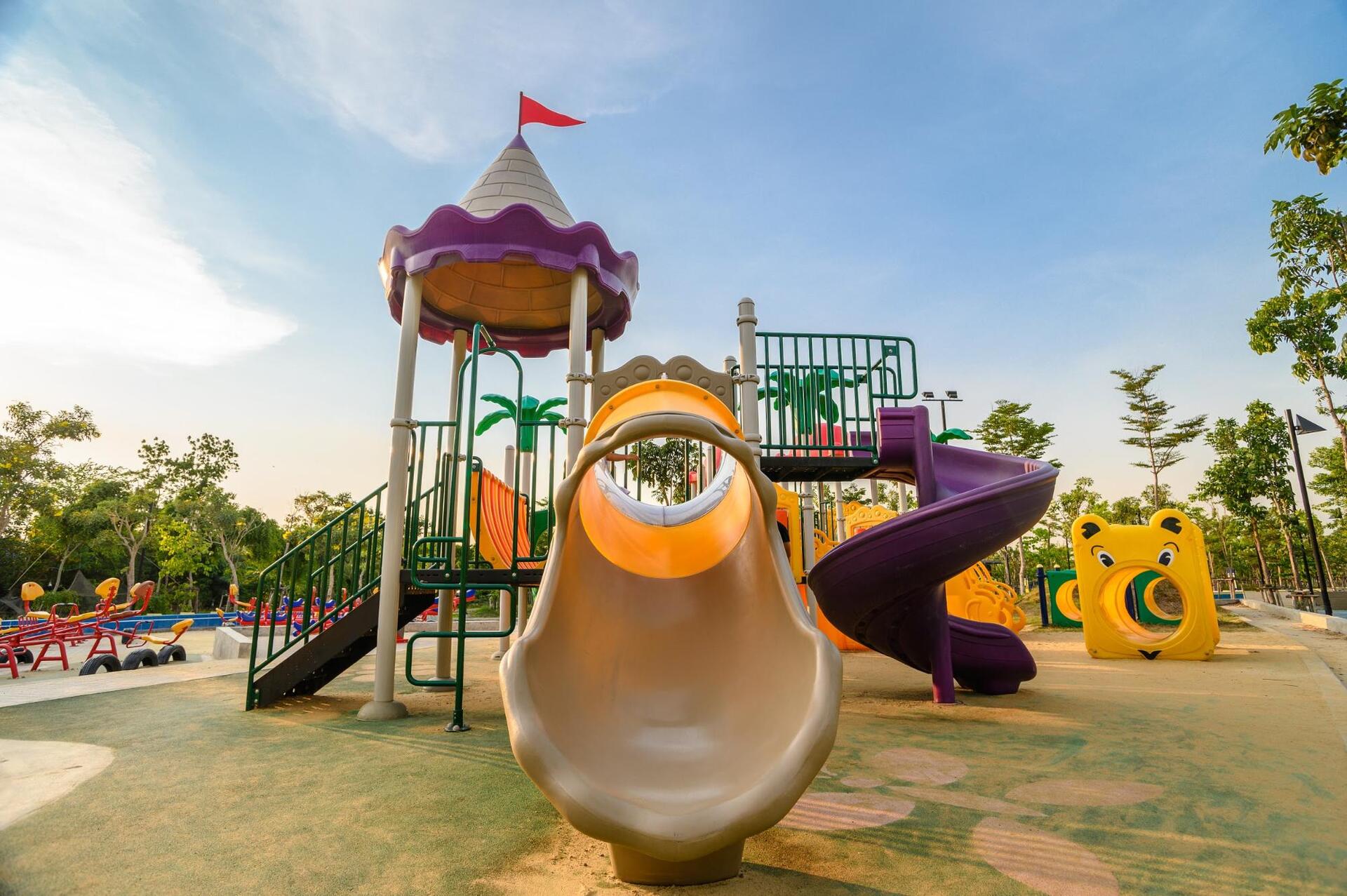
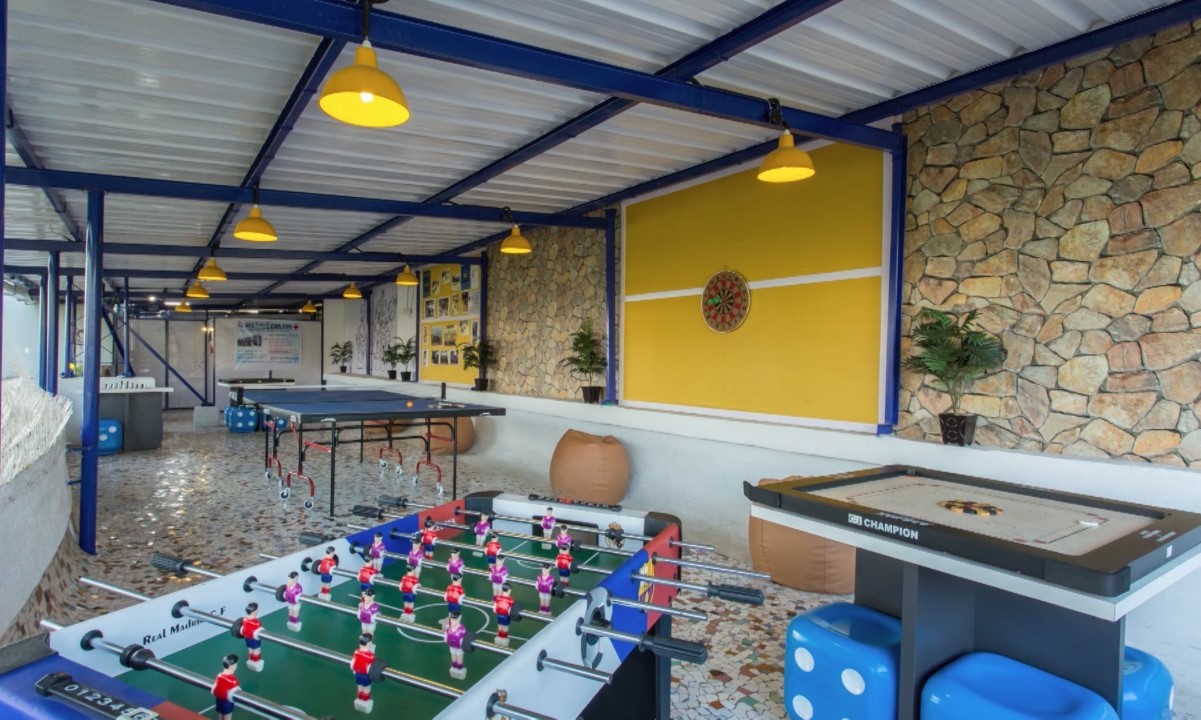
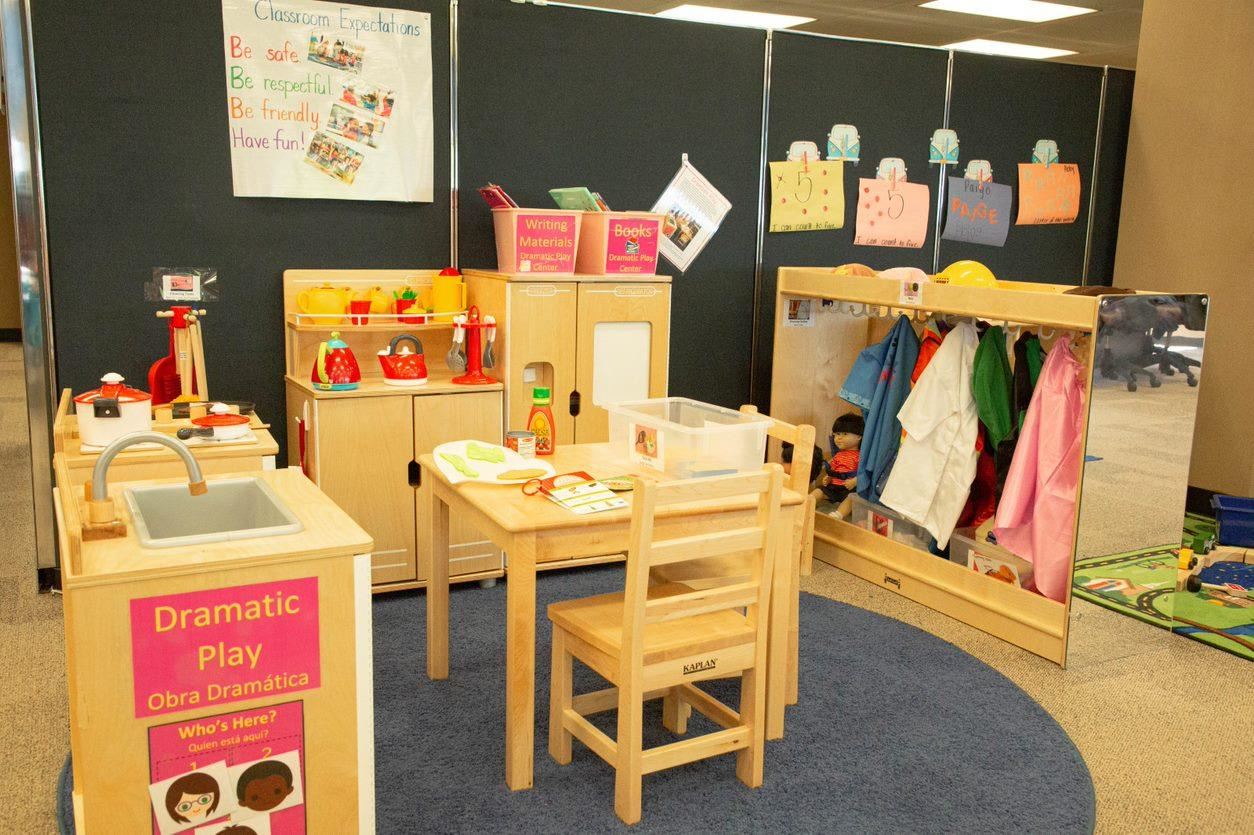
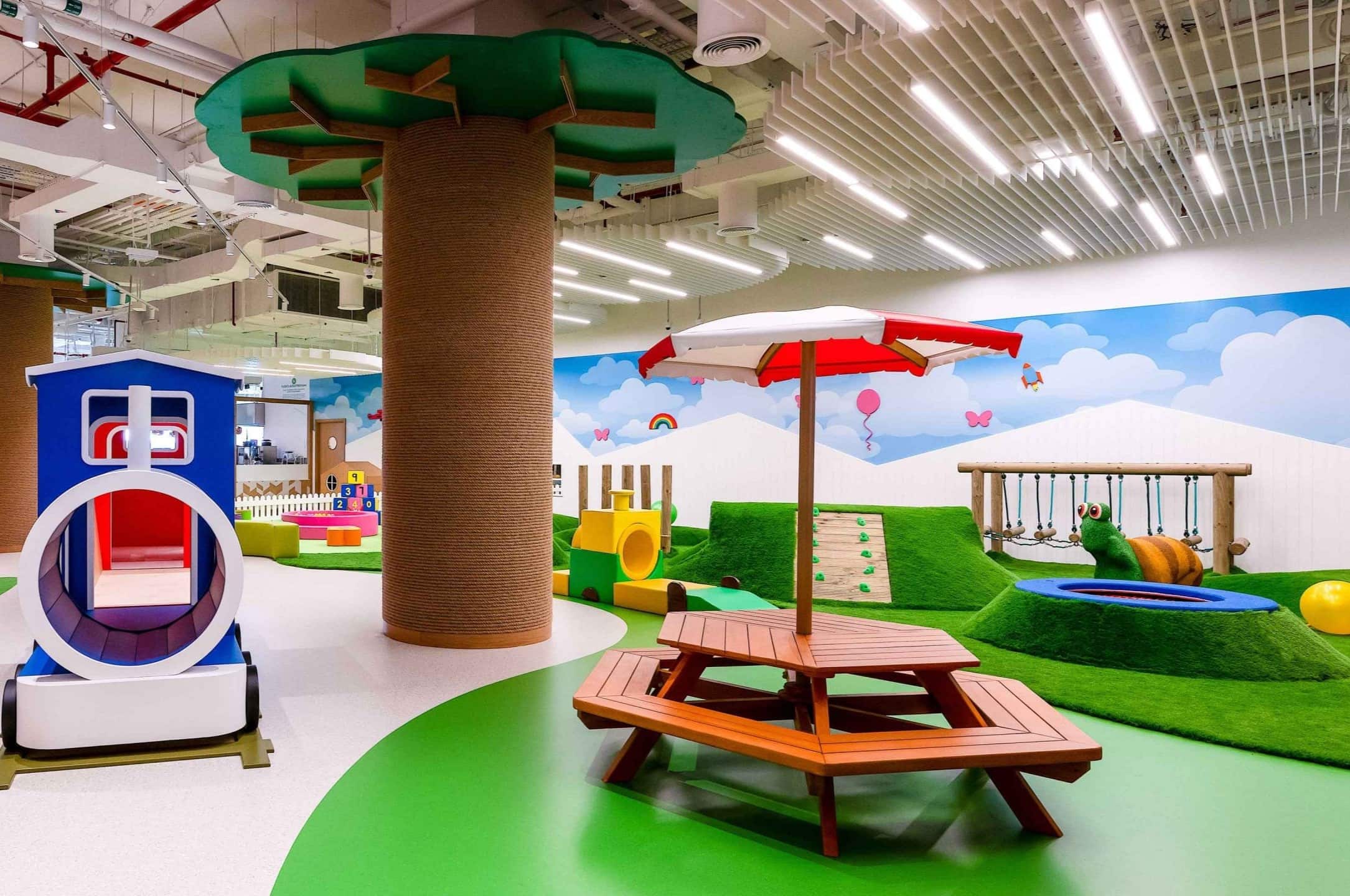
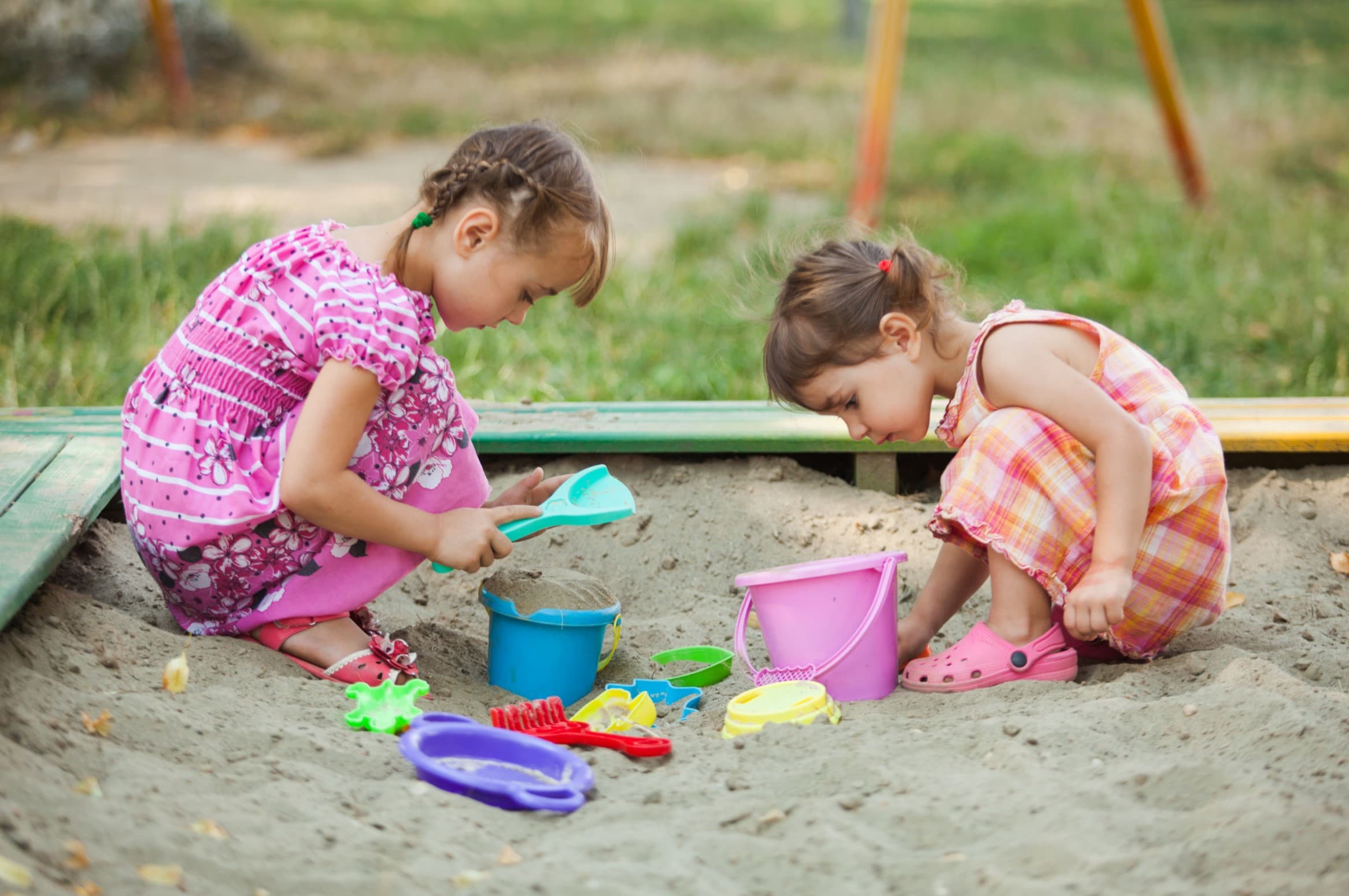

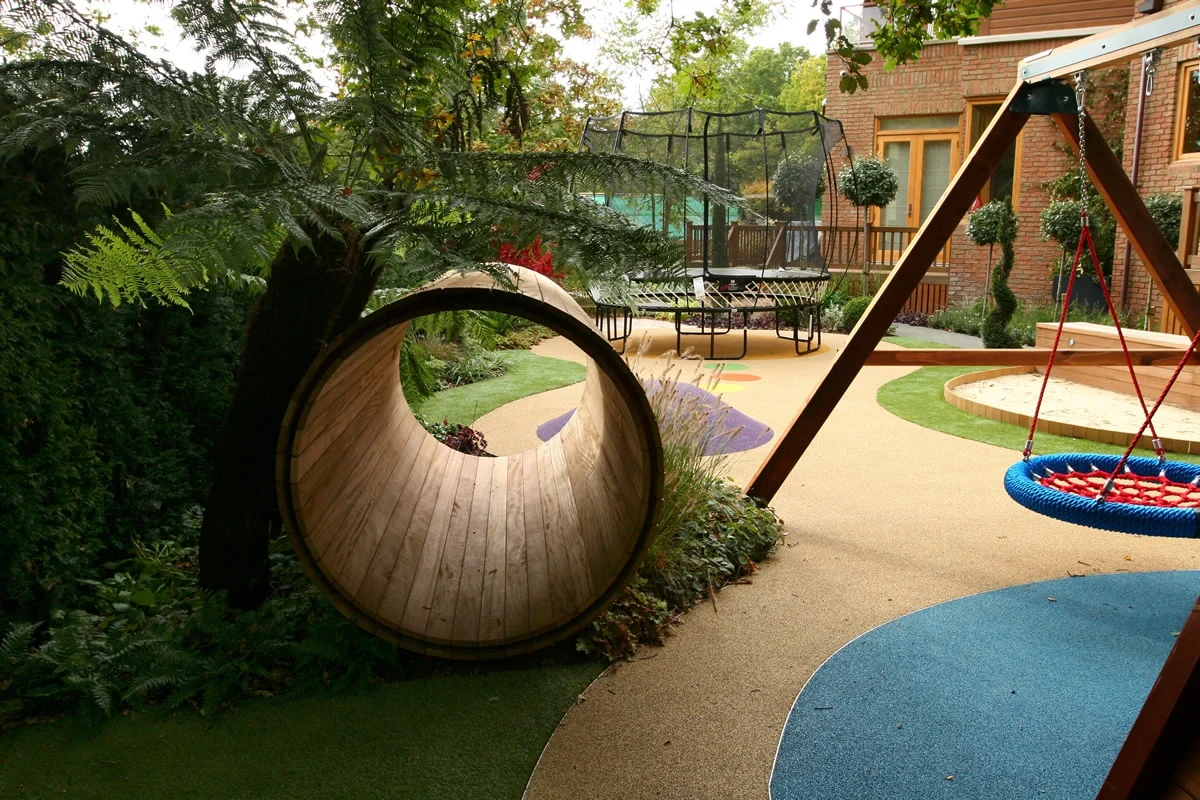
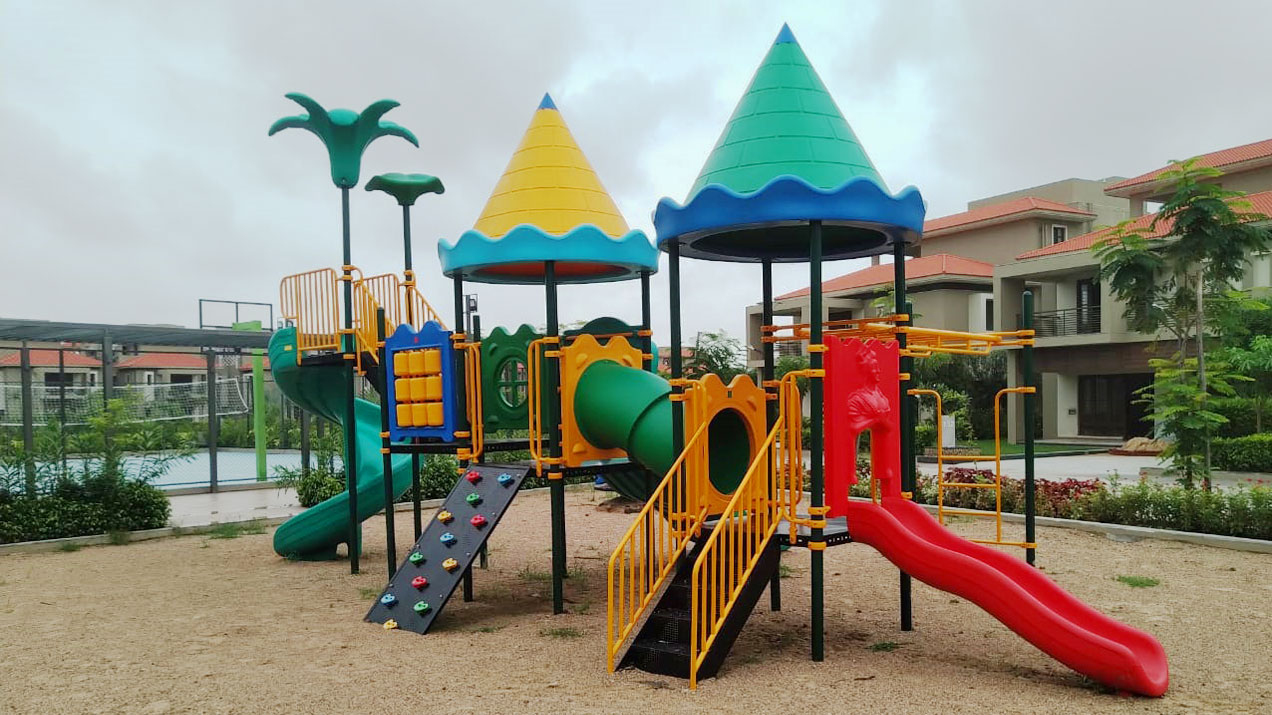
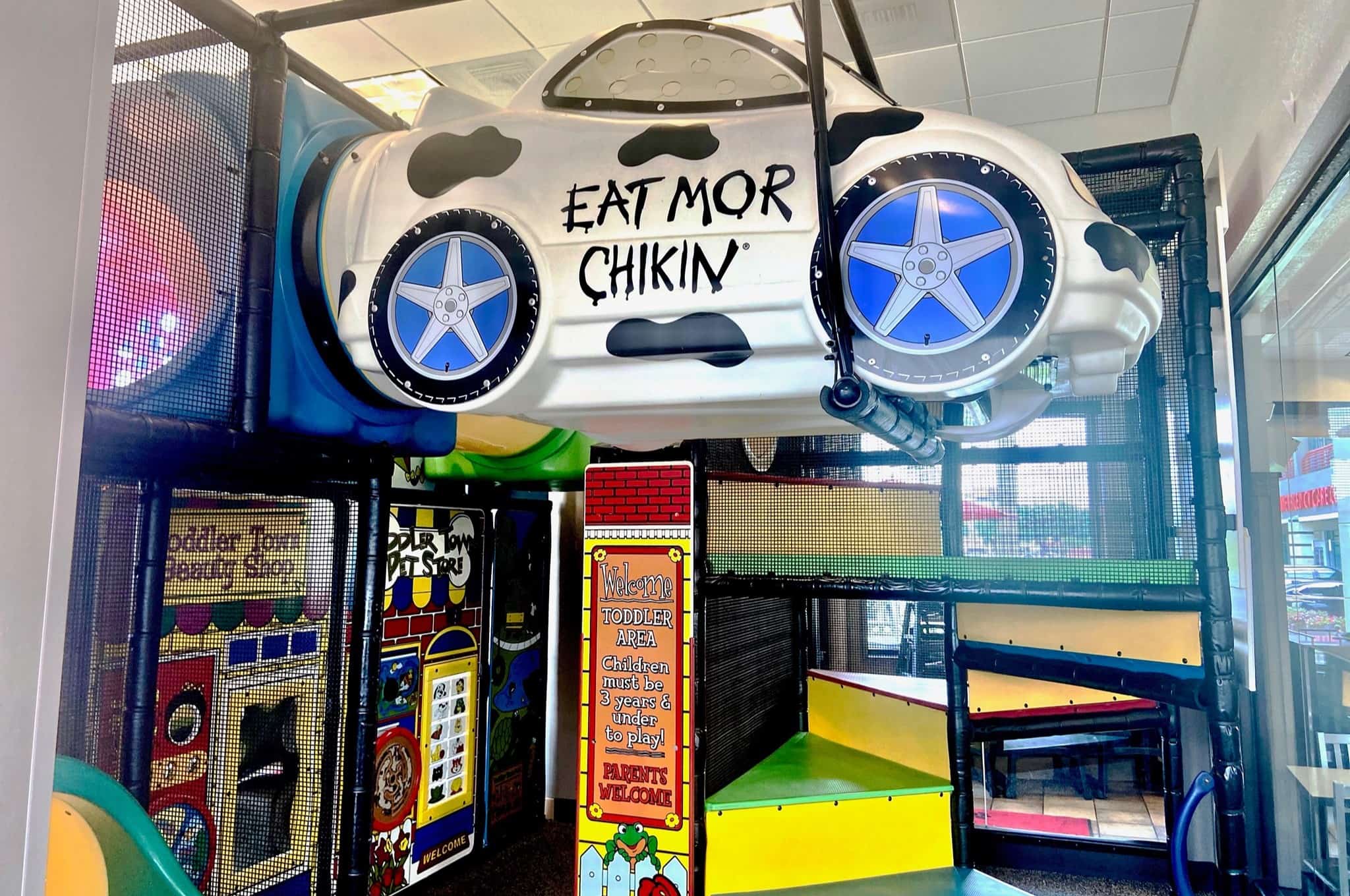
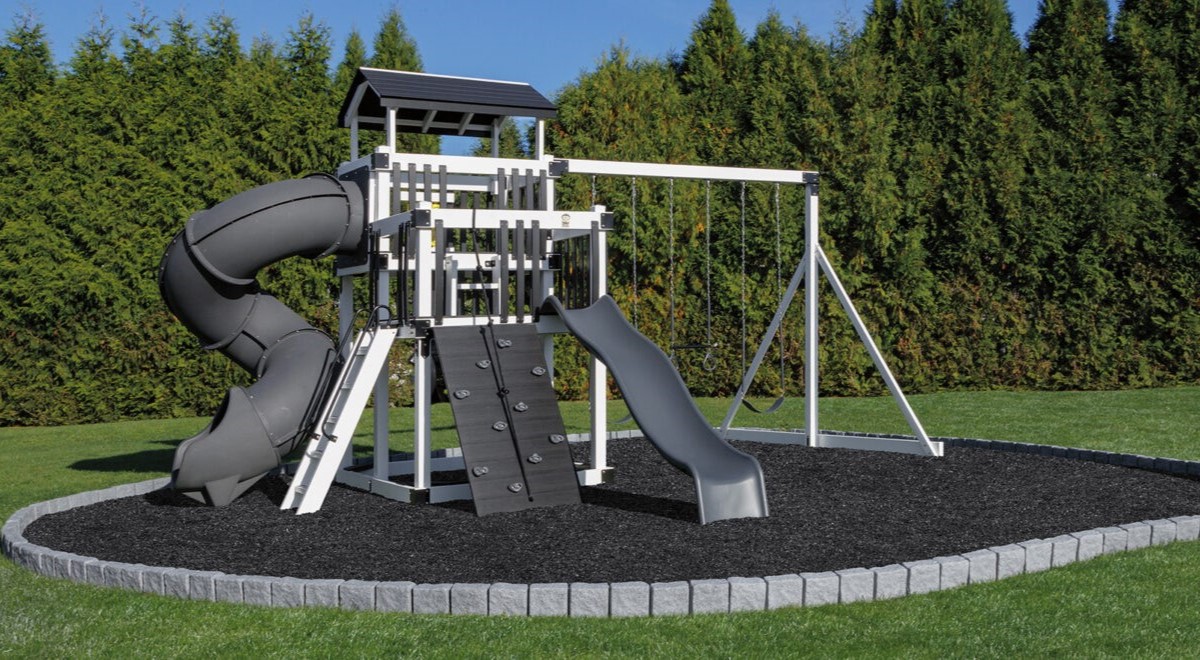

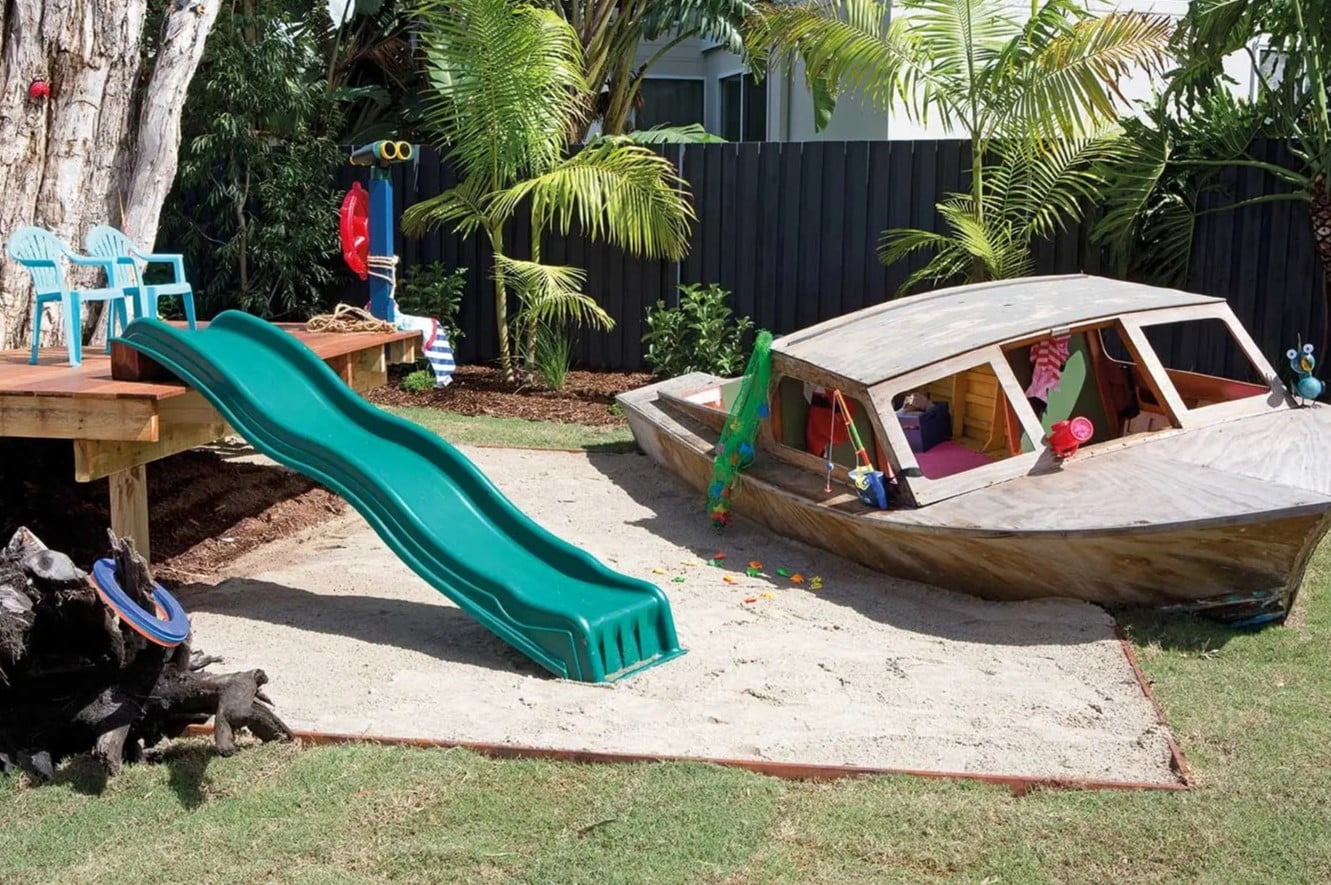
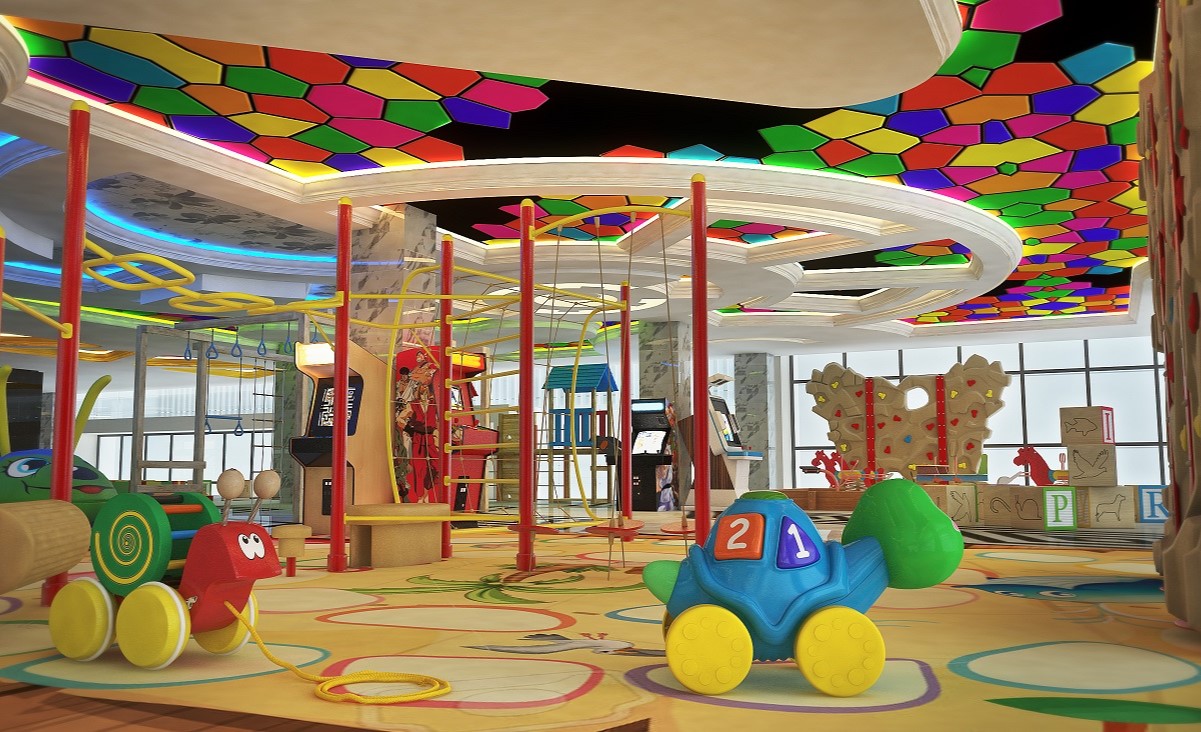
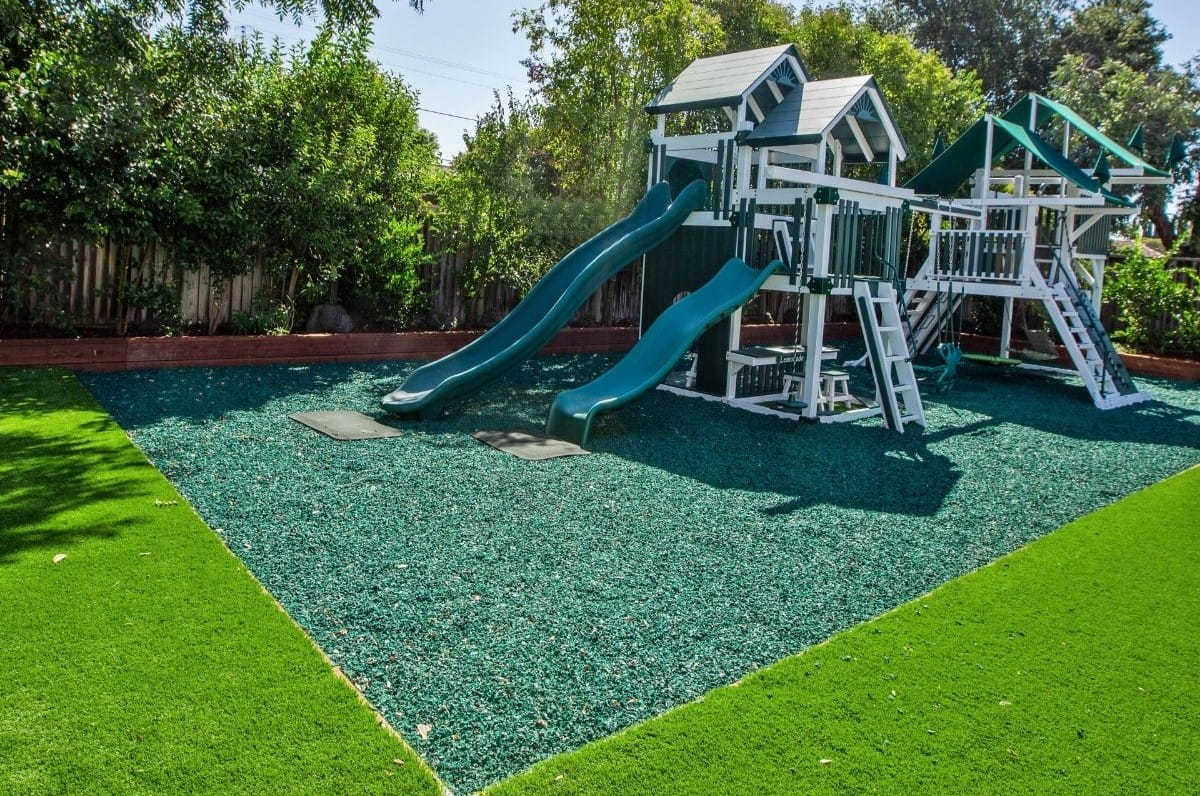

0 thoughts on “In What Year Was The Construction Of The New Play Area At Tapiola Park In Astoria, Oregon Completed?”